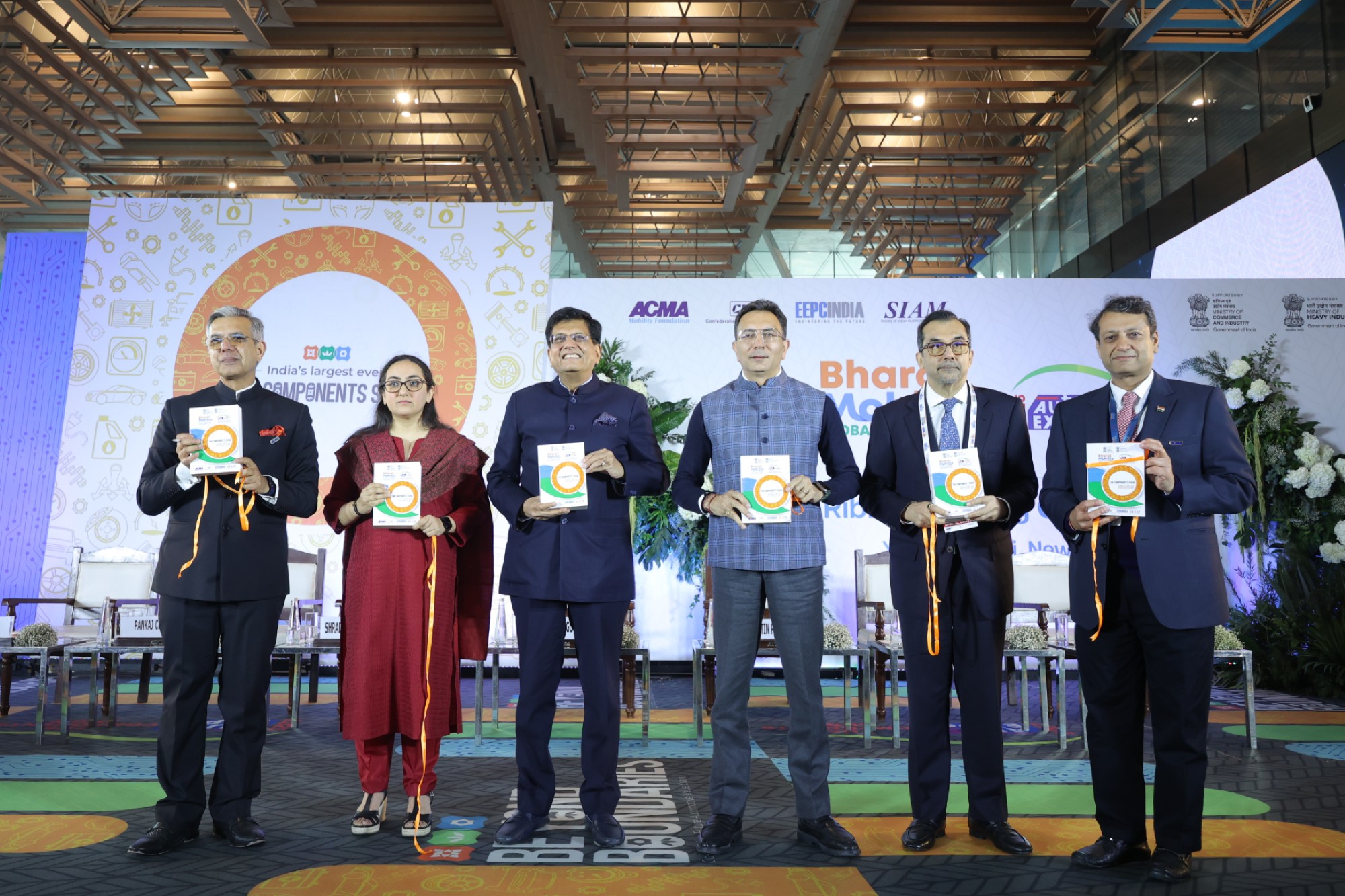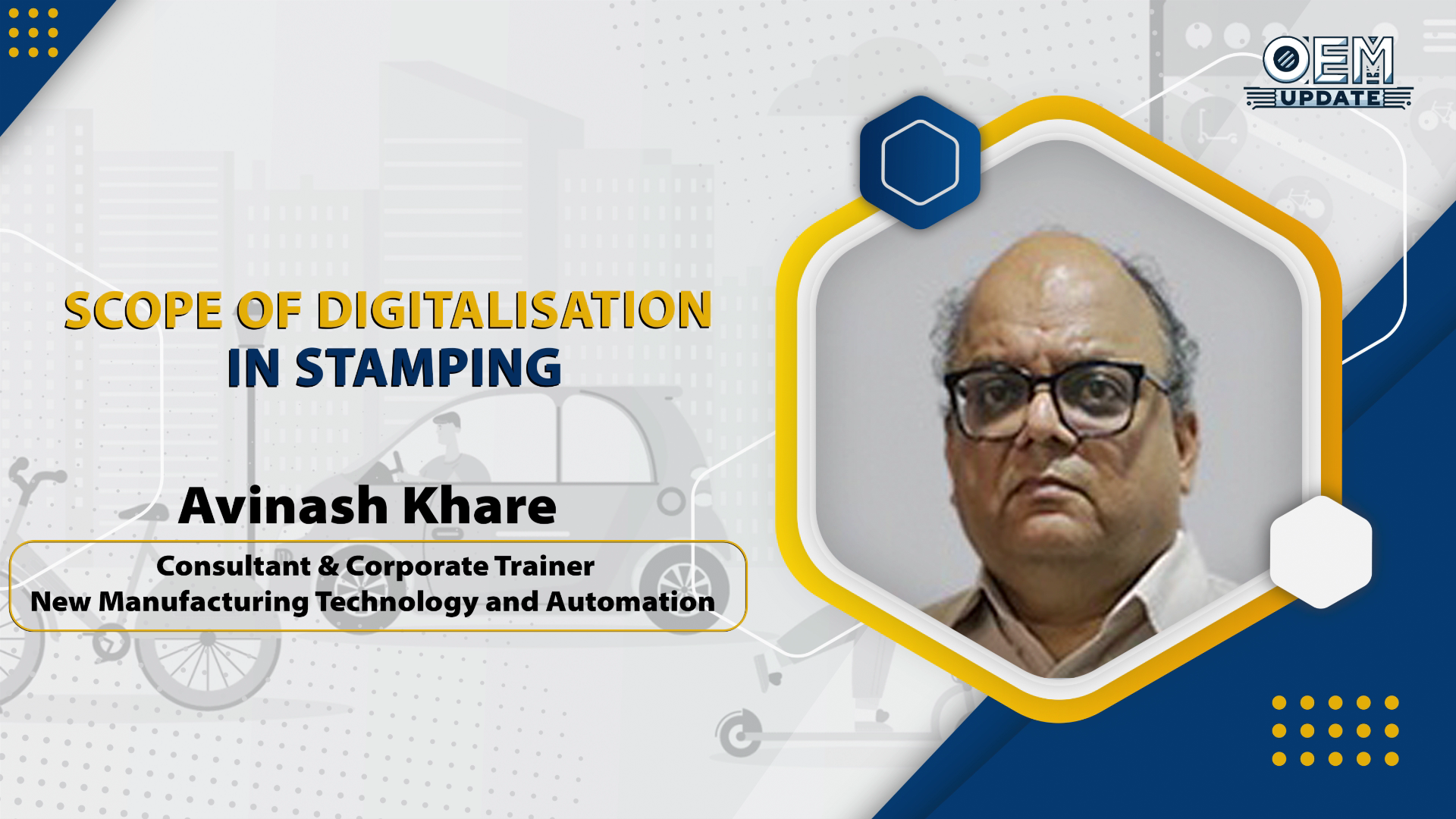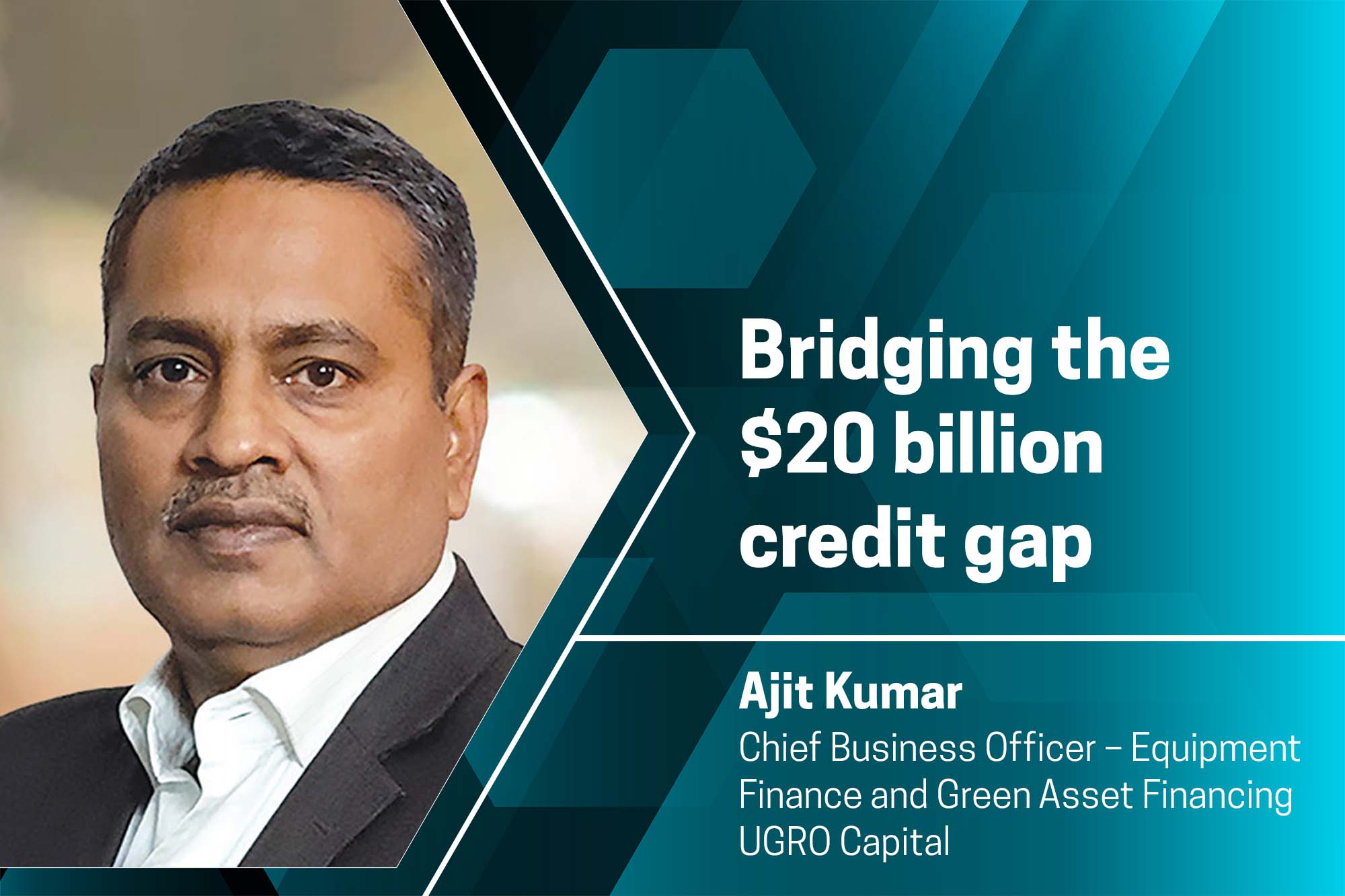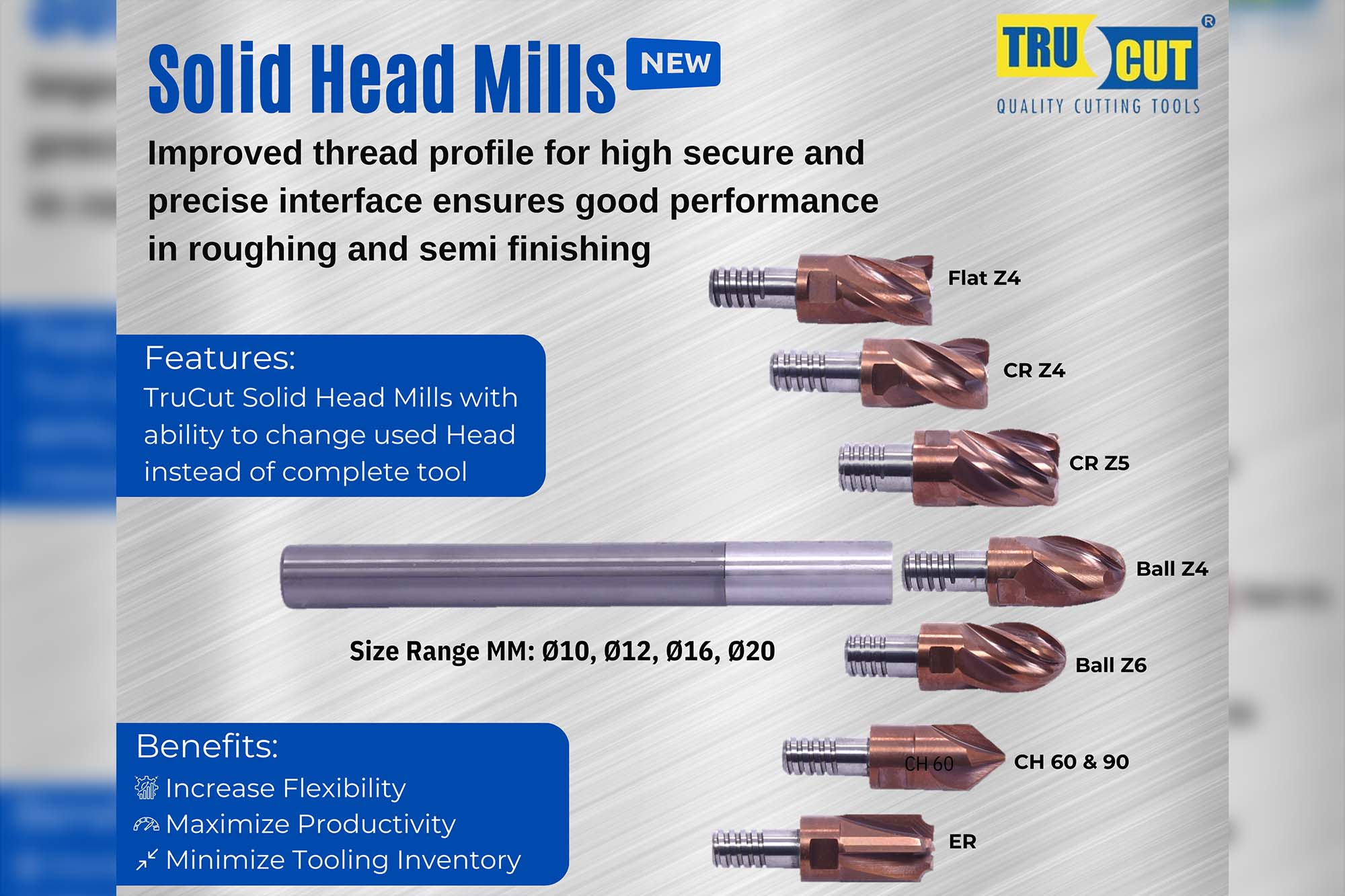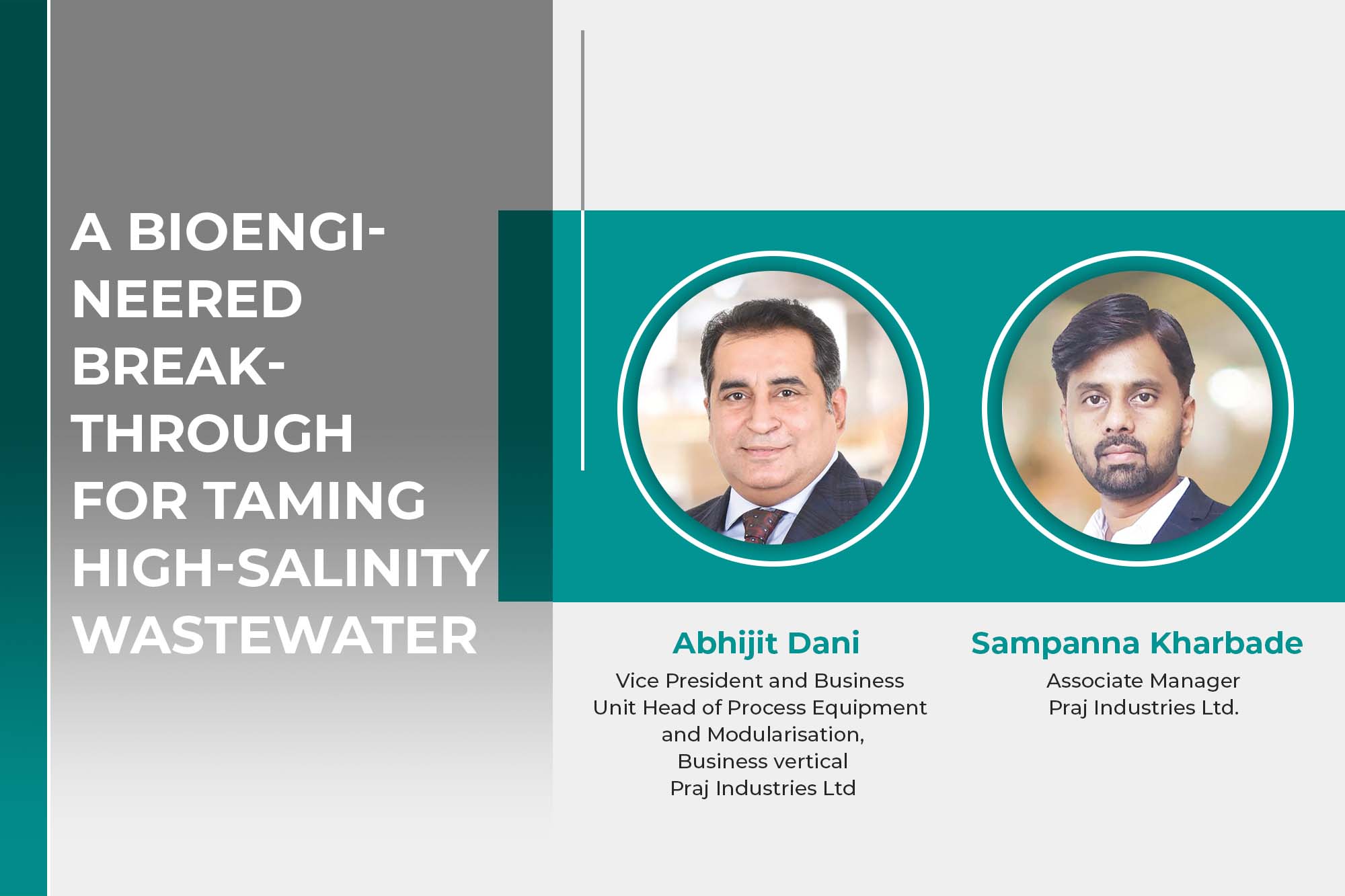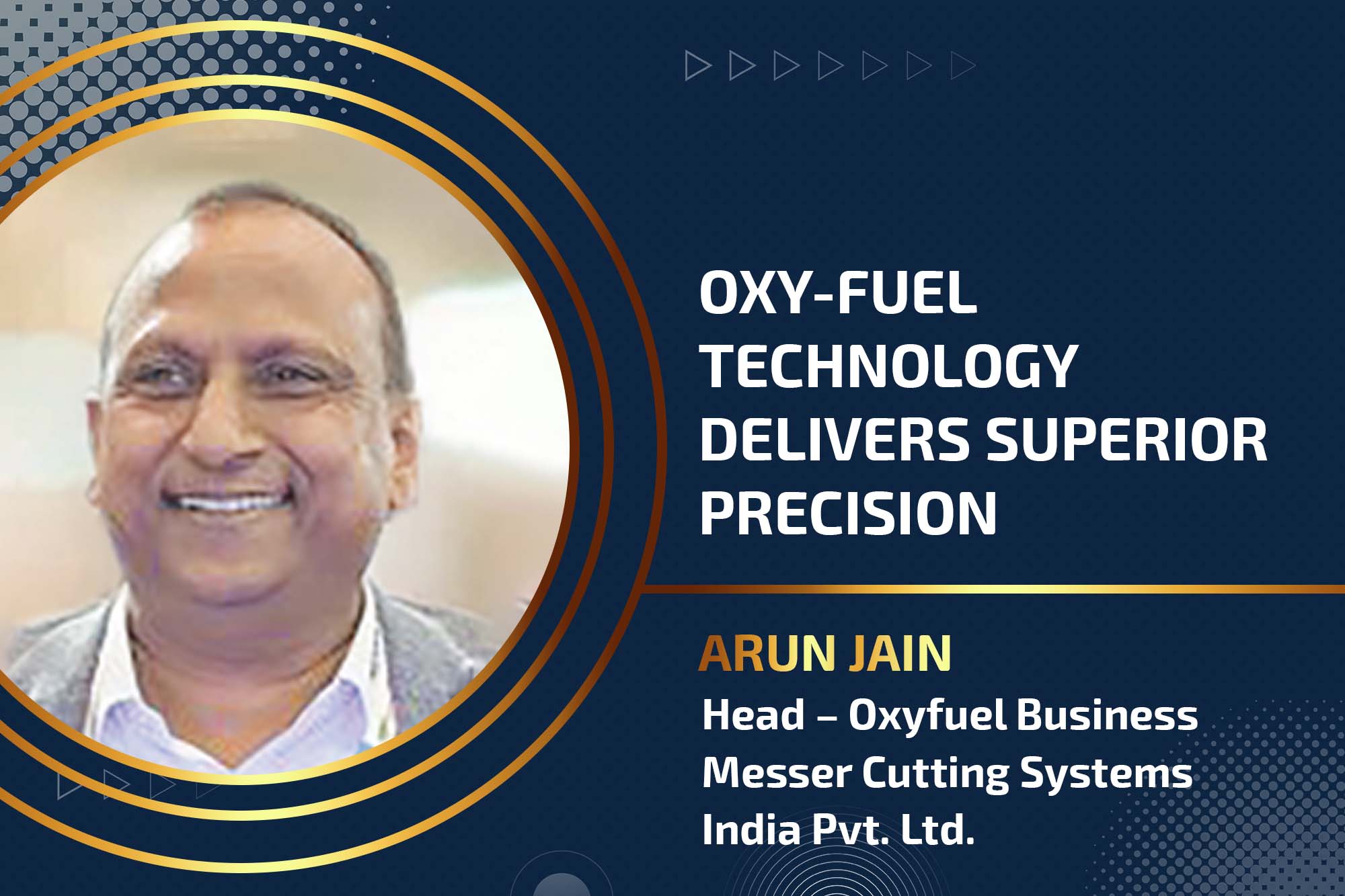MINDING THE GAP
By admin April 29, 2015 5:50 pm IST
Manufacturing skills gap is an issue that is being jointly addressed by the industry and the education system with a view to create a more skilled workforce
Manufacturing skills gap is an issue that the industry takes seriously and chooses to address. Skilled labour is still defined by educational curriculum and needs of the industry, though the priority of the industry is to stay relevant in a globally competitive business environment
Manufacturing in IndiaThe manufacturing sector is growing at a phenomenal rate in India and expected to grow at three times at its current rate by 2022. The manufacturing industry, which spans several sectors, is rapidly shaping our country. The sector has some great and promising things in store. The manufacturing sector can grow with various government initiatives as well as an economy that complements its growth. Manufacturing sector is about to boom with foreign investors seeing interest in emerging economies like India.
Technologies are growing at a fast rate along with high adoption rate. India is using several technologies developed in the west. Many Indian companies are adopting these technologies created in developed nations. There are also a certain shortcomings in terms of what these technologies have to offer our country and our economy.
Challenges of obtaining skilled labourThe Indian education system is known for producing talented engineers. However, globalisation has made the education system to catch up with the developed world as they offer courses that are tailor made for the industry. However, this is a new trend. India produces lakhs of engineering graduates, and according to the industry they lack necessary skills that make them competitive globally. Though a section of Indian engineering graduates are driving innovation globally, a problem of skill gap in manufacturing needs to be addressed.
Contribution to the economySadananda Koppalkar, Manager, Makino India, has interesting points to share on the state of manufacturing in the country, “Our country stands today as a strong one among the emerging economies of the world. A stable political environment and improvement in India’s macro economics – such as a sharp reduction in the Current Account Deficit (CAD) in fiscal 2014, a sharp decline in inflation in fiscal year 2015, and expectations of a return to over 6 per cent growth in fiscal year 2016 – have morphed into a significant ‘pull factor’ for capital flows.”
Mr Koppalkar says, “India’s manufacturing share [in GDP] is 13 per cent compared to China’s 32 per cent, Thailand’s 33 per cent and looking at developed countries, Germany is 22 per cent, Singapore is 20 per cent, Japan is 18 per cent.” He adds “To achieve over 20 per cent contribution to GDP, manufacturing segment has to undergo a process change with regard to technology and support to customers. India stands a good chance in the global market, especially in high-end manufacturing. However, we cannot compete with China as a mass production hub due to the sheer scale of investments that have been made in China.”
Communicating ideas effectively Ameer Ahamed Munaff, MD, FEIN Power Tools India, shares some interesting and compelling points on the manufacturing skills gap. He tells, “Manufacturing touches every aspect of our lives. Manufacturers must use creative solutions to improve the way they attract the new generation skilled workers. The severe shortage of highly skilled manufacturing work force is a significant issue that needs to be addressed. A lot of experienced people who have worked in the manufacturing sector for many years are either of retirement age or moving to other avenues. The younger generation is moving towards white collared jobs.”
Cookie Consent
We use cookies to personalize your experience. By continuing to visit this website you agree to our Terms & Conditions, Privacy Policy and Cookie Policy.




